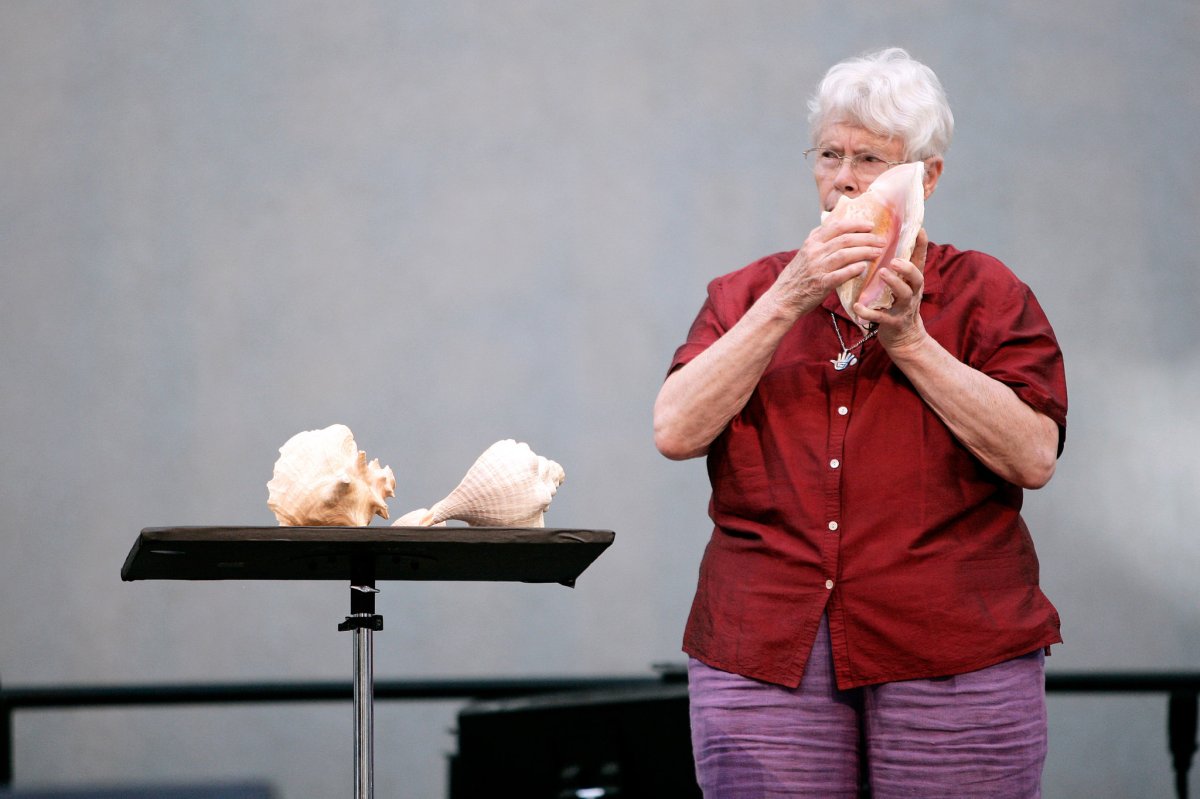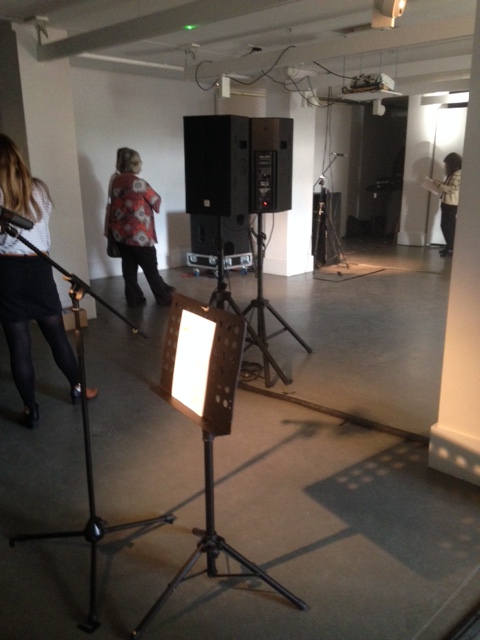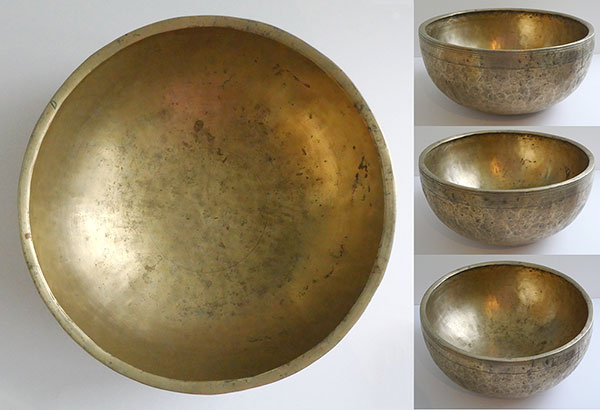With a little bit of polite asking and with the okay of both Jez Riley French, sound recordist and Paul Ratcliff, Head of Film and Music at Leeds Beckett University I went to hear Jez speak to the undergrad students at Leeds Beckett. So that was an interesting experience – me and a lot of 20 year old boys…didn’t feel out of place at all. It’s 2017 and sound/film is still so gender specific.
I digress. The talk was fascinating. He talked of the main kit he uses which consists of good omni mic’s, contact mic’s, Hydraphones and a two channel Sound Devices recorder. Then we listened to many projects on which he has worked which are listed below:
Humber Bridge (Opera North commission for Hull City of Culture 2017) – haunting sounds using contact mice inside the tunnel of the Humber Bridge and some pick up of the wind and traffic ambience.
Howard Assembly Rooms (Leeds) – he placed microphones on the roof of the building whilst the orchestra played inside and what a lovely sound. Although the projector in the room was buzzing and their was a slight hum from the speakers, what was heard was a drifting sound of an orchestra in an architectural space. He also used a Geophone to hear ‘through’ the building.
Teleferrica’s Italy – used microphones on the tension wires. Really supersonic sounds came through. Very Star Wars – turns out this is originally how George Lucas’s team recording light sabres and other flying sound effects back in the 70’s. The ‘zooming’ sound effects came from insects colliding with the tension of the wires.
Antenna cables (Iceland) – contact mic on cable – sounded very ‘primordial’ to me, low sounds with some high pitch frequency overlaid.
Score for a Print Rack – he recorded 8 hours of playing two bows against a traditional metal print drying rack. Interesting!
Fence in Iceland for the Acoustic Cameras Project – the project is recording soundtracks from around the world.
Johann Johannsson – he is working with him and some of Jez’s recordings have been used in Bladerunner. Recording again through a building lovely sounds of strings came through over a low pulsating hum.
Fire – of the more unusual sound experiments was the hazelnut. He stuck a fine needle in a contact mic, added a hazelnut on the end and set fire to it. It was really interesting, especially towards the end when the sound of the nut creaking and groaning came out.
Hydraphones- he played the sound of water beetles and tadpoles in a pond near where he lives.
Glacial Lake – Fjallsarlong, Iceland – beautiful location – recorded the sound of millions of ice bubbles – sounded high pitched like a tweet of a bird and water running sounds.
Lava Beach (Iceland) – hydra phone stuck deep in the sand of a lava beach with the sound of the waves crashing overhead. Nearly came out and hit the audience – we all jumped back…super powerful.
Electromagnetic/Infra/Ultra Sound – he used an ultrasonic detector in geothermal pools in Iceland – this wasn’t quite the sound I was expecting. It was higher in pitch and sounded a little like rain. I had expected a lower frequency deeper resonant sound for some reason. Perception…?
Lightbulb – with ultrasonic detector and a coil pick up on a florescent lightbulb strip. Pitch changed when the lightbulb heated and cooled down.
Audible Silence (Tate Modern) – he had 7 days on his own recording areas of the turbine hall at Tate Modern. Sounded like a low eerie hum with some high pitched sounds in there also.
VLF Dectector – this was one of my favourite sounds – recorded in Japan. The VLF detector picks up radio fallout in the universe (i.e.: from stars exploding). The sound was immense. Crackly sounds but then a really strange movement sound which was the sound of a shooting star trail. How cool is that…?
He talked of other aspects like playback volume and recording volume for field recordings which was useful as I’d put my input recording volume high but he said that isn’t needed on his Sound Devices recorder as the pre amp is such good quality. I may need to higher mine through on my minute Zoom.
So glad I went and listened. Learnt a lot which I can now input into my own sound recording experiments.




















